Fried rice is now commonly consumed as a meal in its own right. But the original purpose of fried rice was to use up leftover rice. Fried rice has a murky history, but most historians believe that the Sui dynasty is when it first appeared. It is most likely that the dish was invented in Yangzhou City sometime between A.D. 589 and 618. It may not come as a surprise that fried rice originated in southern China given how frequently rice is consumed there. Like Italian dishes like panzanella or ribollita, fried rice is a staple of Southern Chinese cuisine. Fried rice is a convenient and cost-effective meal option. There isn't a better way to finish off leftover rice, vegetables, and small portions of meat. You just need to cook them all in a wok with some soy sauce to make fried rice. Nowadays, inventive fried rice recipes even call for the addition of other ingredients. Although fried rice may have its origins in China, it is now available in many different forms all around the world.
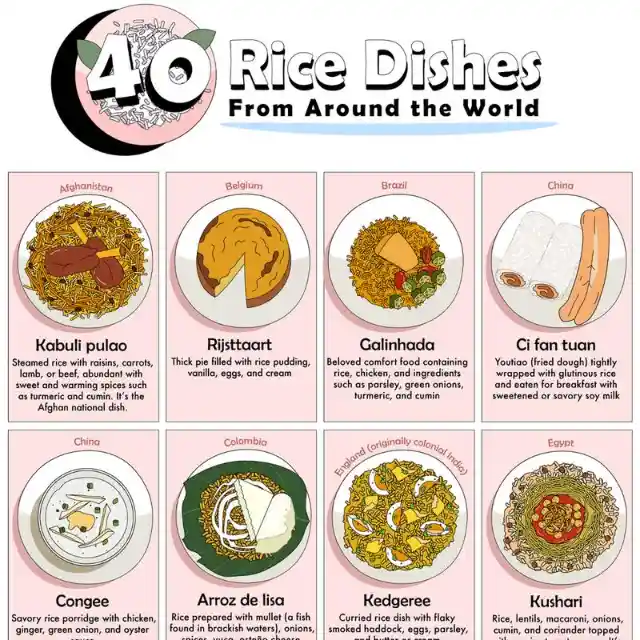
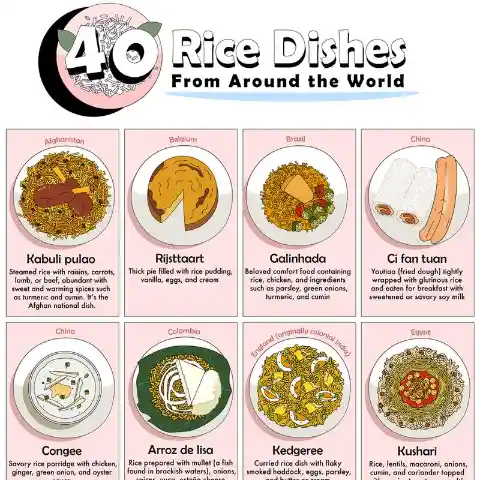
Yangzhou Fried Rice, China
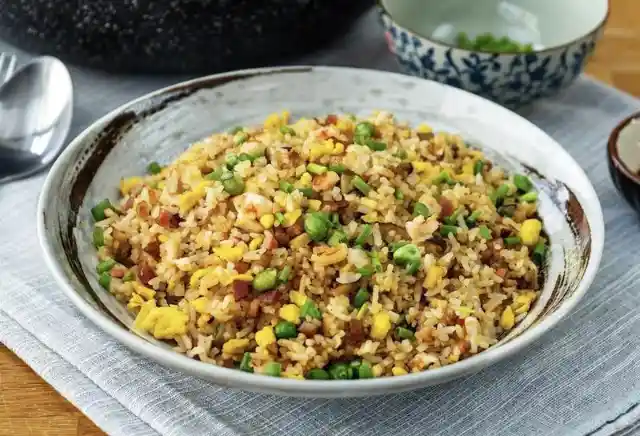
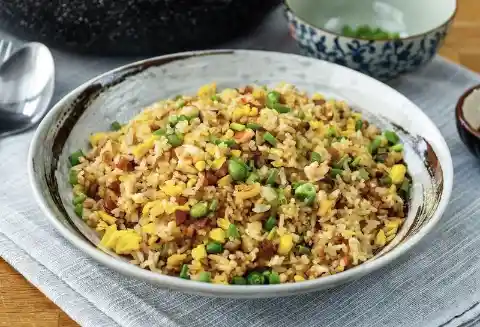
One could consider Yangzhou Fried Rice to be the original Chinese Fried Rice. This fried rice's unique selling point is that it doesn't require any additional seasonings. Each grain of rice is beautifully coated with egg and soy sauce to give it a powerful flavor. Pork is typically used as the protein in traditional cuisines. However, a lot of people often add other ingredients including shiitake mushrooms, peas, carrots, eggs, and seafood like shrimp and crab meat.
Omurice, Japan
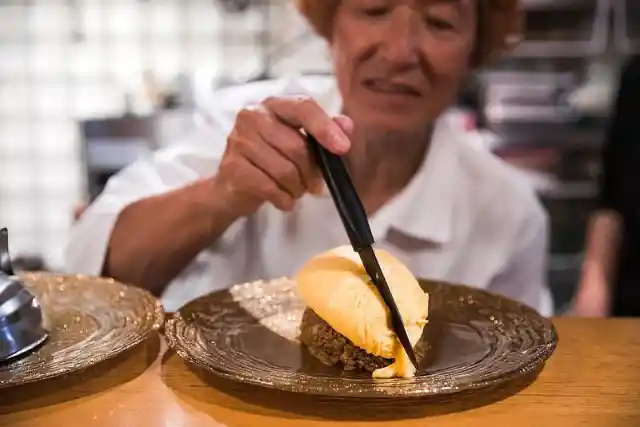
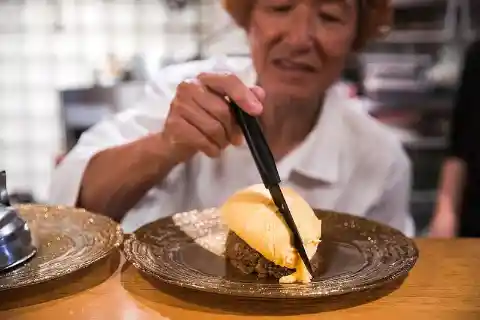
Japanese culinary enthusiasts should be very familiar with omurice! It is a well-liked dish that is eaten as a home-cooked dinner as well as one that is offered at restaurants. It is steaming hot fried rice all wrapped up in a soft, jiggly omelet. The rice with tomato flavor balances out the sweetness of the dish, and the softly cooked egg is typically covered with ketchup or mayonnaise. It has a smooth, delicious texture and is a comfort food for both adults and children.
Nasi Goreng Kampung, Malyasia
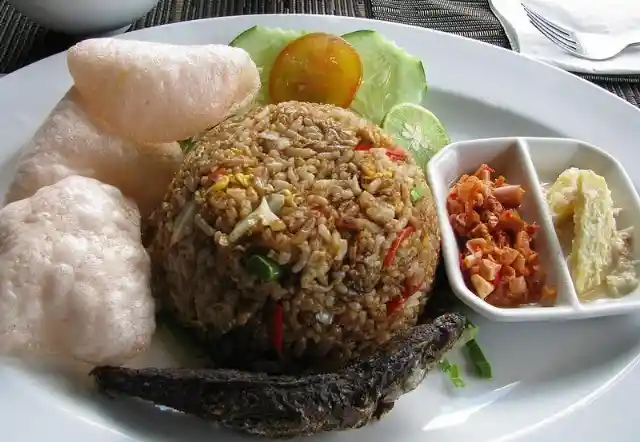
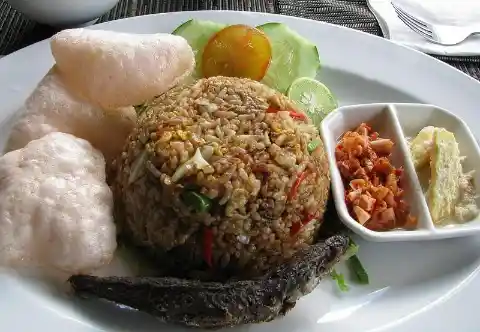
Nasi Goreng Kampung, or village-style fried rice, is a Malaysian favorite. This Malay meal consists primarily of day-old rice that has been cooked with anchovies, eggs, dried prawns, and kangkung (water spinach). This is a dish that can't go wrong and that you can customize with any additional ingredient you choose, whether it's served with prawn crackers, satay, and cucumber slices or just on its own. To make the flavor of the fried rice more complex, shrimp paste (belacan) is added. It also contributes to the flavor that makes the dish what it is, not to mention the significant increase in umami that it provides.
Nasi Goreng, Indonesia
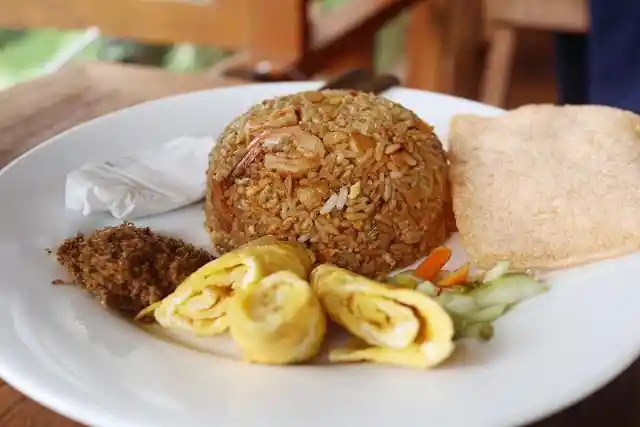
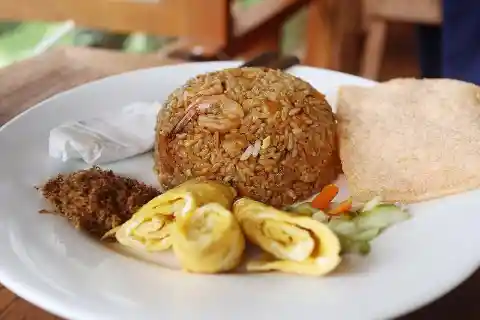
Nasi goreng is regarded as a staple of Indonesian cuisine. It is a common dish served across Indonesia, especially for breakfast, and can be picked up from buffet tables at dinner parties in urban areas like Jakarta, enjoyed in basic forms from tin plates at roadside food stands, or on porcelain plates in restaurants. Nasi Goreng, which is distinguished by its dark brown, caramelized appearance, is not particularly difficult to prepare. The main component is, of course, sweet soy sauce, which Bahasa Indonesian people affectionately refer it as "kicap manis."
Khao Pad Sapparod, Thailand
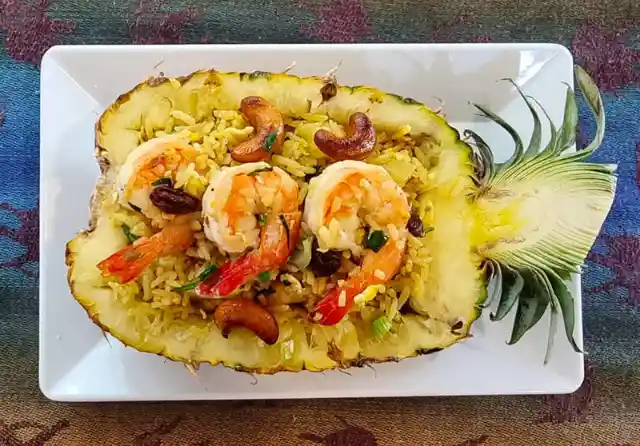
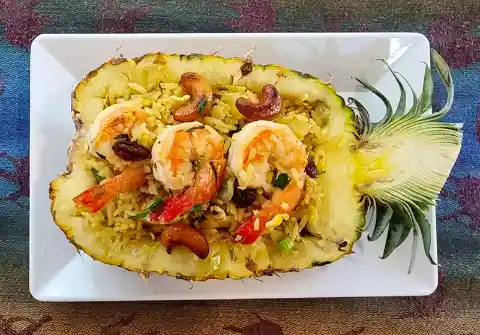
Thai food is well-known for its red and green curries, but fried rice has not always been a part of Thai cuisine. When the egg fried rice arrived in Thailand, the locals modified it to fit their preferences. One such well-known meal was Khao Pad Sapparod, often known as Thai Pineapple Fried Rice, where Khao denotes rice, Pad denotes stir-fry, and Sapparod denotes pineapple. In addition to the substantial pineapple chunks, this simple rice dish is spruced up with veggies like carrots and beans that are flavored with soy sauce and peanuts.
Arroz Chaufa de Polo, Peru
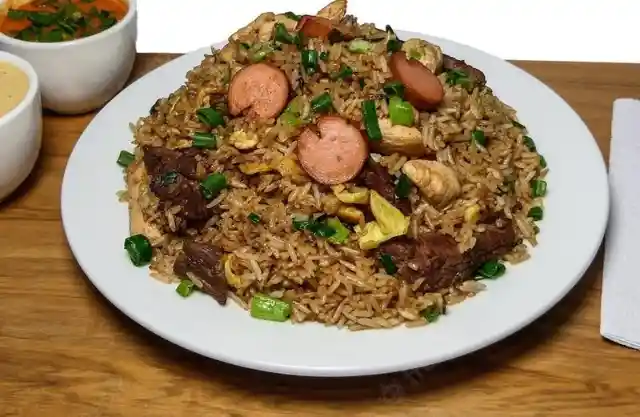
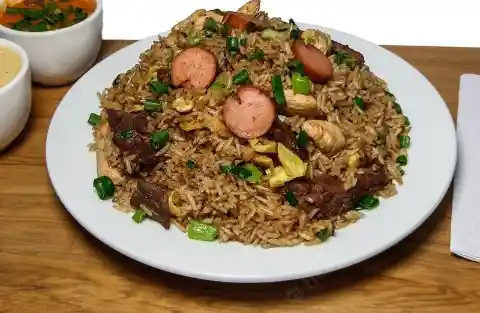
This is perhaps the most popular dish from the Chinese-Peruvian fusion cuisine known as chifa. This fusion cuisine was introduced to Peruvians by Chinese contract workers who emigrated to South America and eventually lived there. C haufan literally translates to "fried rice," having its roots in Cantonese cuisine. It's a combination of fried rice and veggies, typically including scallions, eggs, and chicken, cooked quickly over a high flame, often in a wok with soy sauce and oil.
Paella, Spain
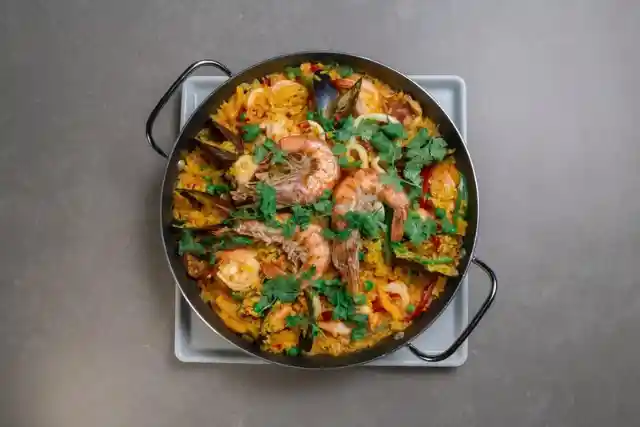
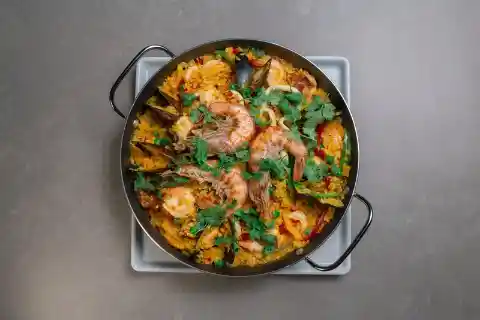
Unquestionably, one of the most well-liked rice dishes in the West is paella. While seafood-based paellas are very widespread, the original recipe (Paella Valenciana) calls for bomba-type rice, chicken, rabbit meat, snails, tomatoes, saffron, rosemary, garrofón (a sort of large white bean), and ferradura (similar to green bean). The name paella originally referred to the pan used to create the cuisine, which was huge, spherical, and had handles.
Jollof, West Africa
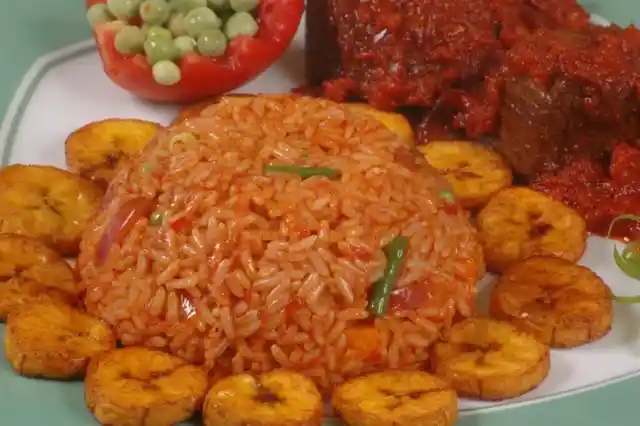
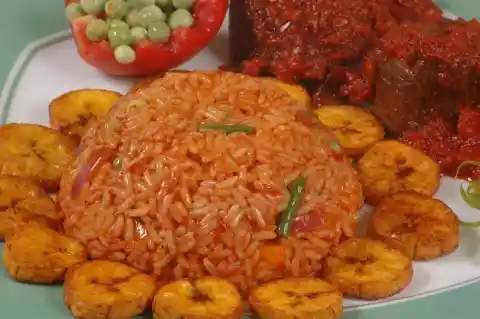
Jollof Rice is a type of rice meal that is very well-liked in West African nations, particularly Nigeria and Ghana. Despite the fact that the Wolof people of Senegal and Gambia are credited with creating the cuisine, Nigeria and Ghana have long argued about who makes the greatest Jollof. Rice is prepared in a broth that has been prepared from beaten tomatoes, peppers, onions, and red peppers (it is typical to use Scotch Bonnet pepper, which has a heat level similar to Habanero pepper). A variety of spices are then added to it, including curry powder, bay leaves, and thyme. a fantastic rice dish with bold, hot tastes.
Fujian Fried Rice
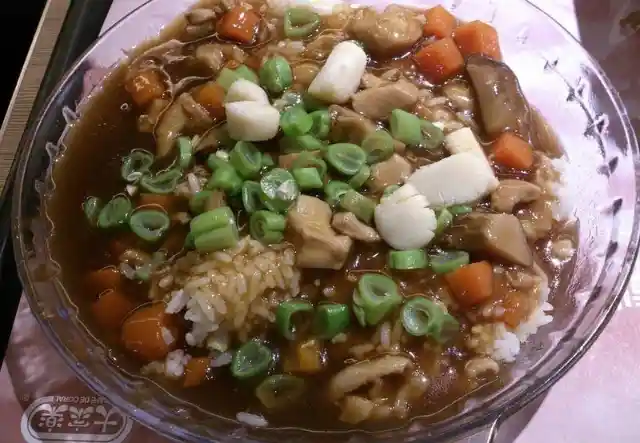

The fried rice from Fujian, often known as Hokkien fried rice, differs from that from Yangzhou. The stir-fried rice, which is often dry and contains meat, vegetables, and soy sauce, is served with a saucy gravy. This gives the fried rice flavor. A mildly braised stew with dried shellfish and mushrooms, among other things, is then poured over the wok-fried rice. The dish takes its name from its birthplace, where Hokkien is a dialect that is spoken in the Fujian province of China.